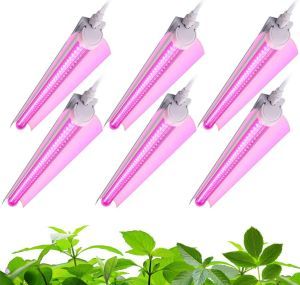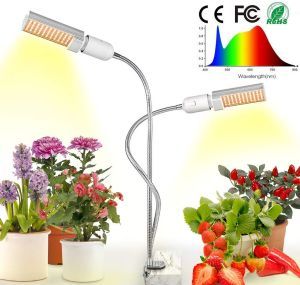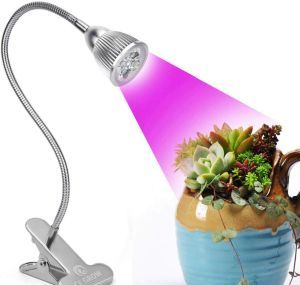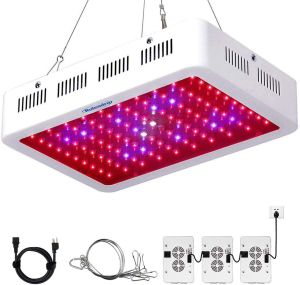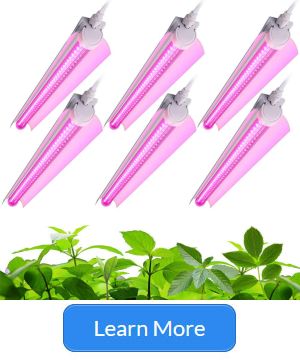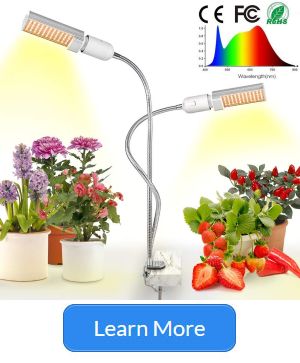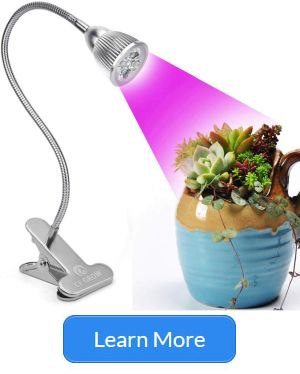Gardening FAQ #30 – What You Need To Know
In this article, we share how to save your spinach from nutrient deficiency, how to solve water issues and much more. Let’s go through the common gardening FAQ, problems and solutions you need when growing your plants either indoor and outdoor.
THIS SPINACH COULD BE LACKING NUTRIENTS – a common question in gardening FAQ
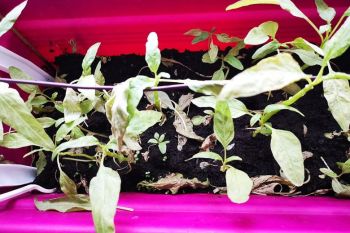 I am a budding farmer. I was growing these spinach seeds well until recently, when I realised the leaves had turned yellow or dropped off. I watered the plant daily and applied fertiliser weekly. Can you tell me what is wrong?
I am a budding farmer. I was growing these spinach seeds well until recently, when I realised the leaves had turned yellow or dropped off. I watered the plant daily and applied fertiliser weekly. Can you tell me what is wrong?
Your plant is yellowing probably due to a lack of nutrients. It could be due to a growing substrate that is too moisture-retaining or has a pH level that is not suited for the plant’s growth.
If the soil is based on organic matter and wet for prolonged periods, it may be a good idea to add gritty materials like fine pumice or Leca to help with drainage. Or you can also consider using raised garden kit. Read the 4 key factors you need to consider from our raised garden kit guide here.
Next, fill your trough with substrate up to 3 to 5cm from the rim. This will ensure that your plants receive sufficient sunlight that is required for growth. If you want to grow this better under controlled lighting, you can consider using a grow light. Read up my post on growing lights fixture where I highlight the top 4 things you need to know.
Next, you should also test the substrate pH level to ensure it is on the slightly acidic side preferred by most plants.
Currently, some seedlings are located far too deep in the trough and will be shaded. The shallow soil depth will also not provide sufficient room for your numerous plants to grow larger.
The above are the key pointers you should check on. Happy planting!
In the short 6 minutes video below, you will discover the Leaf Yellowing Pattern & How To Treat Nutrient Deficiency with the Best Fertilizer. Enjoy:
PLANTS AFFECTED BY WATER AND PEST ISSUES
Why is my Moringa (Photo 1) shedding yellow leaves? My long bean plants (Photo 2) are not growing well either. Red ants attack the beans and they are hollow inside. Finally, what is the name of the potted plant (Photo 3) and can it be eaten?
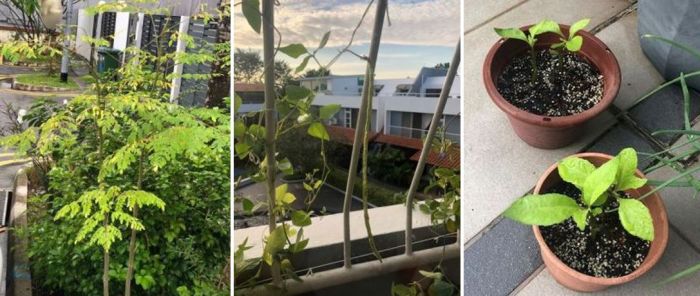
Photo 1 – Your drumstick tree may be suffering from waterlogging. It is a tree that is generally drought-tolerant when established. But it dislikes wet feet if it is grown in a poorly drained site outdoors. Check if the soil is too compacted as this will impede water drainage too. Check out these range of pots which can help in this water drainage problem.
Photo 2 – For the long beans, check if there are sucking pests such as aphids. Aphids produce sugar-rich honeydew which may attract ants. You may want to manage the sucking pest population by spraying plants with neem oil or summer oil pesticides. These are available for sale in local nurseries.
Photo 3 – As for the potted plant, it appears to be the Longevity Spinach (Gynura procumbens). Its leaves are eaten as a vegetable and used in folk medicine to treat ailments like hypertension.
Do not self-medicate without guidance from medical professionals.
SAPLING IS THE NAPPY PLANT
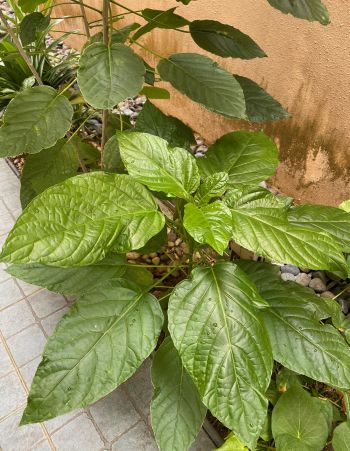
What is this plant growing in my garden?
The sapling appears to be the Nappy Plant, botanically known as Claoxylon indicum. It is often seen growing along secondary forest edges or open areas.
The leaves are reportedly eaten as a leafy vegetable and have folk medicinal uses. The leaves can also be used as a laxative. A decoction of the leaves is taken in China to treat various diseases. The leaves, pounded together with pieces of bark, are applied externally to the chest as a treatment for asthma.
It can grow into a tree up to 4m tall with a rather attractive egg-shaped crown.
However do note that the tree produces a suffocating smoke and so cannot be used for firewood.
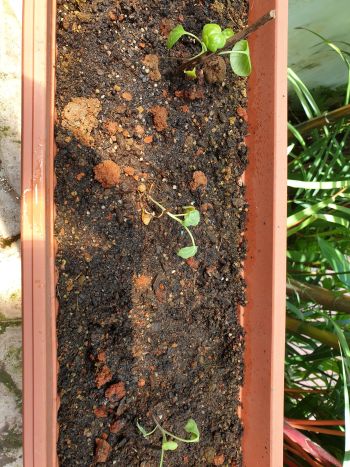
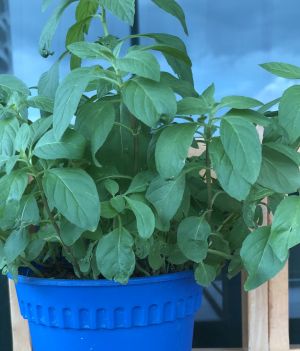
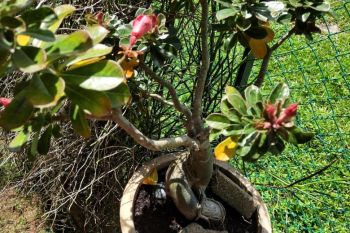 The leaves of my five pots of adenium turned yellow within two days of repotting. What happened?
The leaves of my five pots of adenium turned yellow within two days of repotting. What happened?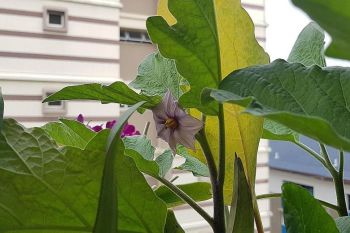 My seeds have grown. The leaves and stem of the plant are hairy. The plant looks like those bought from markets but without the hair, and the flowers are yellow with seeds. I am not sure if the plant is edible. It looks more like it was cross-bred between the kailan and chye sim.
My seeds have grown. The leaves and stem of the plant are hairy. The plant looks like those bought from markets but without the hair, and the flowers are yellow with seeds. I am not sure if the plant is edible. It looks more like it was cross-bred between the kailan and chye sim.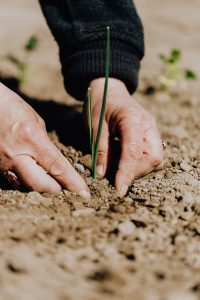
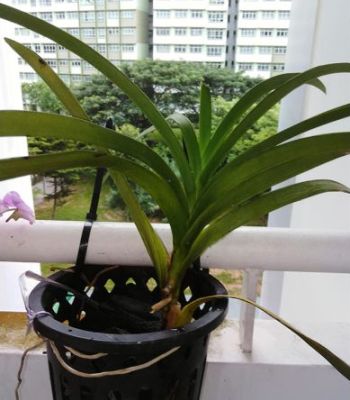 I have this orchid for two years, but it is not blooming. How can I trigger it to have flowers? What is the name of this orchid?
I have this orchid for two years, but it is not blooming. How can I trigger it to have flowers? What is the name of this orchid?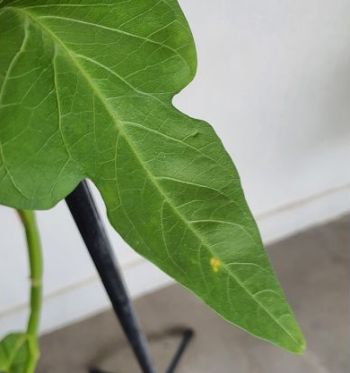 The stems of my plant have soft white stains; the leaves have brown spots and some are torn. I tried to wash off the white patches, but they return. What should I do?
The stems of my plant have soft white stains; the leaves have brown spots and some are torn. I tried to wash off the white patches, but they return. What should I do? 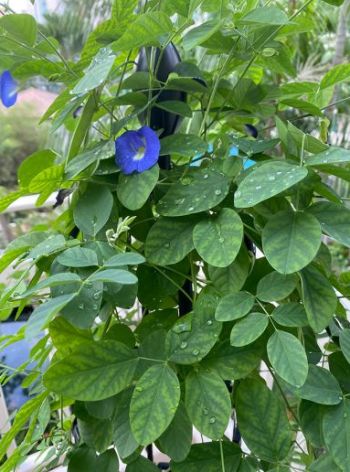 These plants are grown in my west-facing open balcony, which is in the shade in the morning and receives direct sun in the afternoon. I have four butterfly pea plants growing in a 50cm-wide pot, which contains a larger portion of loamy soil mixed with previous clayey soil at the base. The leaves look pale and unhealthy. What is the cause and what can I do to improve the growing environment? Also, the young leaves of my capsicum plant are curled and the larger leaves have yellow patches at the top. Is this a sign that the plant is unhealthy?
These plants are grown in my west-facing open balcony, which is in the shade in the morning and receives direct sun in the afternoon. I have four butterfly pea plants growing in a 50cm-wide pot, which contains a larger portion of loamy soil mixed with previous clayey soil at the base. The leaves look pale and unhealthy. What is the cause and what can I do to improve the growing environment? Also, the young leaves of my capsicum plant are curled and the larger leaves have yellow patches at the top. Is this a sign that the plant is unhealthy? 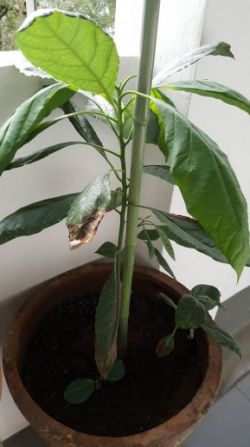 What is wrong with my avocado plant? Its leaves are drying up. Is this due to disease or other problems? How can I keep my plant healthy in dry climate?
What is wrong with my avocado plant? Its leaves are drying up. Is this due to disease or other problems? How can I keep my plant healthy in dry climate?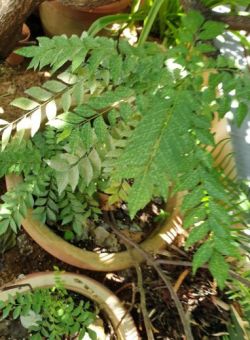 My curry leaf plant has white spots. What is wrong with it and what can I do to bring it back to health?
My curry leaf plant has white spots. What is wrong with it and what can I do to bring it back to health?
